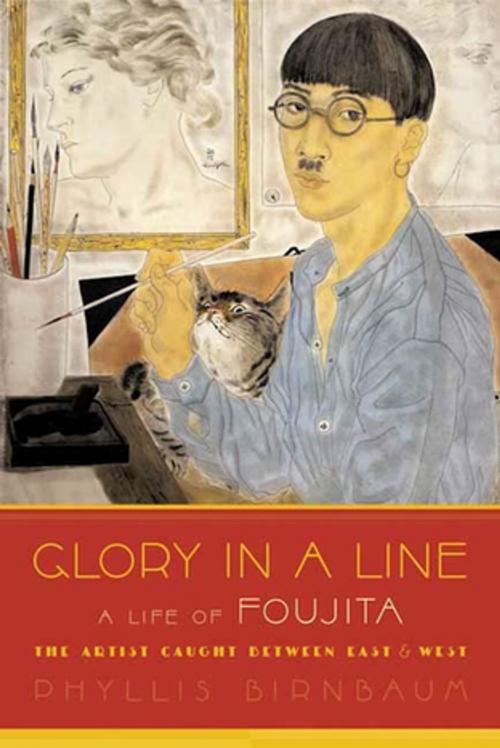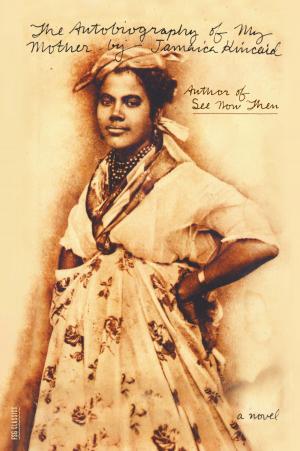Glory in a Line
A Life of Foujita--the Artist Caught Between East and West
Biography & Memoir, Artists, Architects & Photographers, Nonfiction, Art & Architecture, Art History| Author: | Phyllis Birnbaum | ISBN: | 9780374706968 |
| Publisher: | Farrar, Straus and Giroux | Publication: | November 13, 2007 |
| Imprint: | Farrar, Straus and Giroux | Language: | English |
| Author: | Phyllis Birnbaum |
| ISBN: | 9780374706968 |
| Publisher: | Farrar, Straus and Giroux |
| Publication: | November 13, 2007 |
| Imprint: | Farrar, Straus and Giroux |
| Language: | English |
The first biography in English of the Japanese artist who was a central figure in the dazzling artistic milieu of 1920s Paris
When we think of expatriates in Paris during the early decades of the twentieth century, certain names come to mind: Hemingway, Picasso, Modigliani—and Foujita, the Japanese artist whose distinctive works, bringing elements of Japanese art to Western oil painting, made him a major cultural figure in 1920s Montparnasse. Foujita was the only Japanese artist to be considered part of the "School of Paris," which also counted among its members such prominent artists as Picasso and Modigliani. Noteworthy, too, was Foujita's personal style, flamboyant even for those flamboyant times. He was best known for his drawings of female nudes and cats, and for his special white color upon which he could draw a masterful line—one that seemed to outline a woman's whole body in a single unbroken stroke.
With the advent of the Second World War, Foujita returned to Japan, where he allied himself with the ruling Japanese militarists and painted canvases in support of the war effort. After Japan's defeat, he was scorned for his devotion to the military cause and returned to France, where he remained until his death in 1968. Acclaimed writer and translator Phyllis Birnbaum not only explores Foujita's fascinating, tumultuous life but also assesses the appeal of his paintings, which, in their mixture of Eastern and Western traditions, are memorable for their vibrancy of form and purity of line.
The first biography in English of the Japanese artist who was a central figure in the dazzling artistic milieu of 1920s Paris
When we think of expatriates in Paris during the early decades of the twentieth century, certain names come to mind: Hemingway, Picasso, Modigliani—and Foujita, the Japanese artist whose distinctive works, bringing elements of Japanese art to Western oil painting, made him a major cultural figure in 1920s Montparnasse. Foujita was the only Japanese artist to be considered part of the "School of Paris," which also counted among its members such prominent artists as Picasso and Modigliani. Noteworthy, too, was Foujita's personal style, flamboyant even for those flamboyant times. He was best known for his drawings of female nudes and cats, and for his special white color upon which he could draw a masterful line—one that seemed to outline a woman's whole body in a single unbroken stroke.
With the advent of the Second World War, Foujita returned to Japan, where he allied himself with the ruling Japanese militarists and painted canvases in support of the war effort. After Japan's defeat, he was scorned for his devotion to the military cause and returned to France, where he remained until his death in 1968. Acclaimed writer and translator Phyllis Birnbaum not only explores Foujita's fascinating, tumultuous life but also assesses the appeal of his paintings, which, in their mixture of Eastern and Western traditions, are memorable for their vibrancy of form and purity of line.















